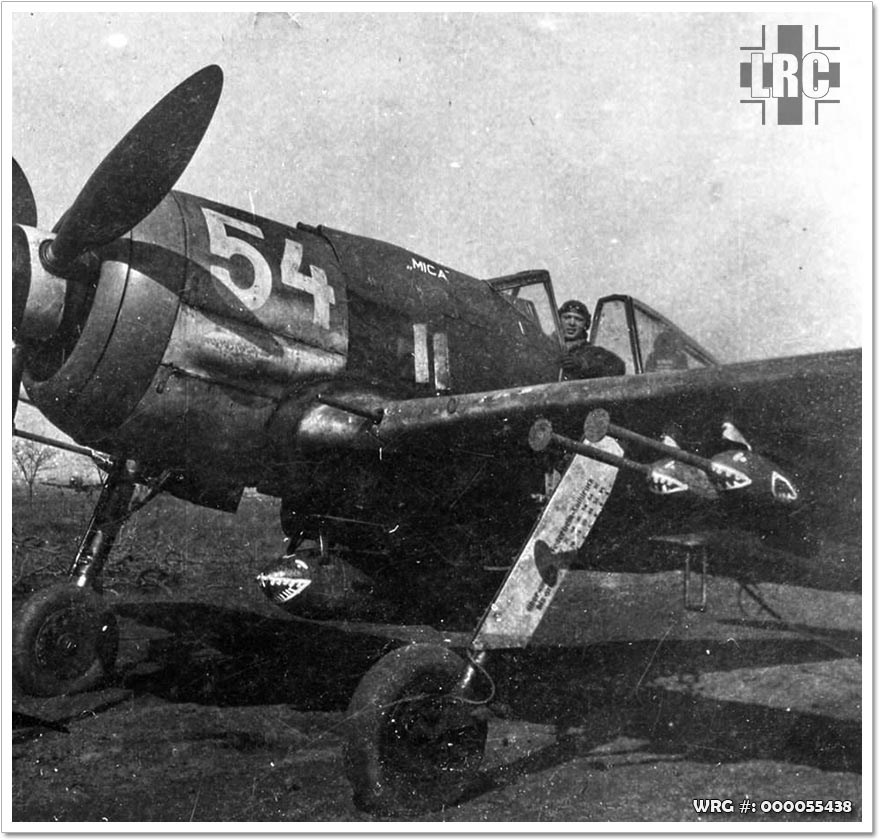Focke Wulf Fw 190
Operational History:
Hungarian Fw 190 operations
(November 1944–1945)
On 8 November 1944, Germany delivered sixteen Fw 190 F-8 fighters (G5+01 and G5+02) to the Hungarian Royal Air
Force for training. They were initially based in Börgönd, near Lake Balaton, under the command of Lfl. Kdo 4,
Fliegerführer 102 Hungarn/VIII Fliegerkorps (HQ in Debrecen). A number of recruits from the Önálló
Zuhanóbombazó Osztály (independent dive bomber wing) based at same airfield were sent to
Flugzeugführerschule B2 in Neuruppin for ground attack and air combat training in the Fw 190. At the same time,
Hungary established the 101. Csatarepülő Osztály as a specialized Fw 190 operational training unit. The
Hungarian 190s were originally intended for use on the Eastern front in offensive actions against Soviet
armored units along with other Hungarian dive bomber and anti-tank units. In the end, they were used only
over Hungarian soil in defensive operations against USAAF and Soviet Air force units. In addition, a small
numbers of Fw 190G fighter-bombers were used in air-to-ground operations.

Hungarian Fw 190 F-8, 1944.
Sources:
Gunston, Bill - The Encyclodepia of the Worlds Combat aircraft, 1976, Chartwell Books, Inc., New York
Brown, Eric, Captain - Wings of the Luftwaffe , 1979, Airlife Publishing Ltd., Shrewsbury
, 1979, Airlife Publishing Ltd., Shrewsbury
Gunston, Bill & Wood, Tony - Hitler's Luftwaffe , 1977, Salamander
Books Ltd., London
, 1977, Salamander
Books Ltd., London
Donald, David - The Complete Encyclopedia Of World Aircraft, 1997, Brown Packaging Books Ltd., London
Wikipedia - Fw 190
Gunston, Bill - The Encyclodepia of the Worlds Combat aircraft, 1976, Chartwell Books, Inc., New York
Brown, Eric, Captain - Wings of the Luftwaffe
Gunston, Bill & Wood, Tony - Hitler's Luftwaffe
Donald, David - The Complete Encyclopedia Of World Aircraft, 1997, Brown Packaging Books Ltd., London
Wikipedia - Fw 190






